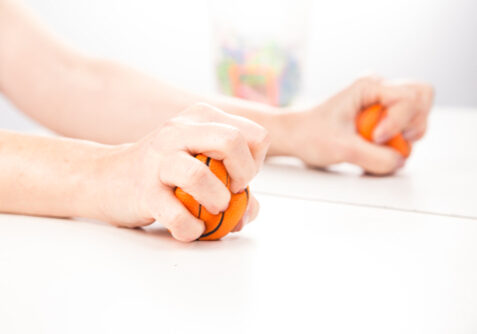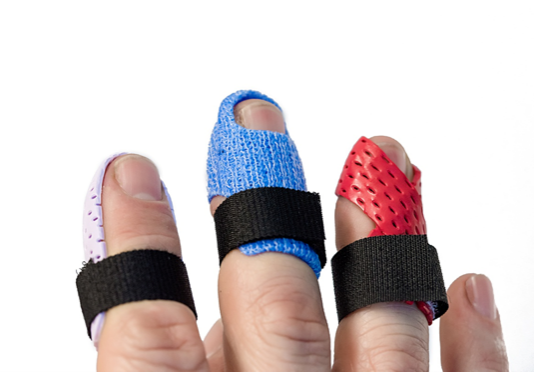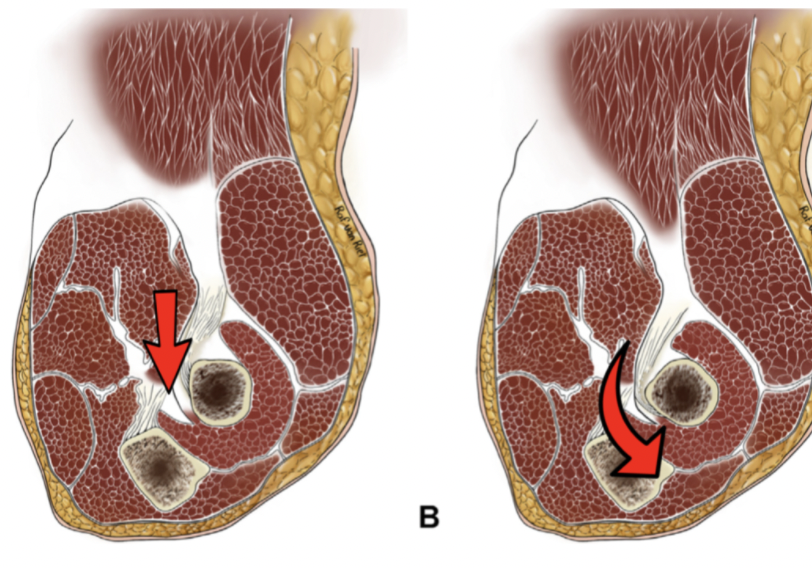Comment le diabète affecte les résultats de la chirurgie du canal carpien
Classé sous Commentaires, Non classé
Article review by Preston Lake
Moradi, A., Sadr, A., Ebrahimzadeh, M. H., Hassankhani, G. G., & Mehrad-Majd, H.
(2020). Does diabetes mellitus change the carpal tunnel release outcomes? Evidence from
a systematic review and meta-analysis. Journal of Hand Therapy, 33(3),
394–401. https://doi.org/10.1016/j.jht.2020.01.003
Le maigre :
The aim of this study was to systematically review the current available literature to characterize
the differences in the clinical, functional, and neurophysiological outcomes of surgical
decompression for diabetic and non-diabetic patients with Tunnel carpien Syndrome (CTS). The
authors sought to clarify conflicting findings from prior studies on this topic.
Dans les mauvaises herbes :
This meta-analysis reviewed 10 articles meeting inclusion criteria and study relevance with 446
diabetic and 2423 non diabetic patients treated with surgical decompression for CTS. All studies
included in this review were cohorts with 2 being retrospective and 7 being prospective. The
mean age of diabetic patients was 57.8 and 54.8 for non-diabetic patients. All studies included
reported outcomes using Boston Carpal Tunnel Questionnaire (BCTQ), Quick disabilities of the
Arm, Shoulder, and Hand (QuickDASH) or with nerve conduction study. Furthermore, studies
were included only if patients underwent open or endoscopic surgical release with a 6-month
follow-up. All studies included in this review were cohorts with 2 being retrospective and 7
being prospective.

Key Findings
- There were no significant differences between non-diabetic and diabetic patients
for studies reporting outcomes using the Quick DASH and BCTQ - There were no significant differences between non-diabetic and diabetic patients
with motor conduction studies of the median and ulnar nerves - Non-diabetic patients had significantly better outcomes for sensory conduction in
both the wrist to palm segment and wrist to middle finger segments. - There was a slightly higher rate of surgical site wound infections for diabetic
patients, however findings were not statistically significant.
Le ramener à la maison :
The results of this study find equal benefits from CTS decompression surgery with regards to
symptoms and function following the procedure. The authors find that diabetic patients
undergoing CTS decompression surgery can expect the same clinical benefits to the procedure as patients without DM. It is pr oposed that the higher level of sensory dysfunction for diabetic
patient who underwent decompression surgery is associated with pre-existing diabetic
neuropathy.
Note : 3/5
This was a high-level study design (meta-analysis) with inclusion of validated clinical outcome
measures and publication bias assessment. The authors presented a clear clinical question with an
easy to follow and errorless methodology section. This study was limited by its lack of
randomized controlled trials, short follow ups, and failure to account for diabetic neuropathy
impact on results.
Plus à lire
Thérapie miroir
La thérapie miroir a de nombreuses implications thérapeutiques et peut être utilisée pour traiter de nombreux diagnostics impliquant généralement les membres supérieurs. Il s'agit notamment de certaines des affections neurologiques que nous avons soulignées la semaine dernière, notamment l'accident vasculaire cérébral et la dystonie focale de la main. Au fait, vous pouvez télécharger gratuitement un pdf d’exercices de thérapie par le miroir ici. Combien de temps le patient doit-il…
En savoir plus5+ attelles de doigt en maillet courantes
Les orthèses de doigt peuvent être résistantes, et l’orthèse de doigt en maillet ne fait pas exception. Le protocole d'extension DIP à 15 degrés avec les doigts en maillet est délicat à gérer lors de la fabrication d'une attelle. Les petites attelles sur les petits doigts sont également difficiles à dimensionner correctement et à utiliser des sangles aux bons endroits. Demandez à n’importe quel expérimenté…
En savoir plusNouveau test de provocation de la tendinopathie distale du biceps pour le thérapeute de la main
Caekebeke, P., Schenkels, E., Bell, SN et van Riet, R. (2021). Test de provocation du biceps distal. Le Journal de Chirurgie de la Main. The Skinny : Ces chirurgiens recherchaient un test de provocation pour la tendinopathie distale du biceps (test de tendinite distale du biceps), en particulier les déchirures partielles, qui soit plus sensible et spécifique. Les larmes complètes sont plus facilement testées dans…
En savoir plusInscrivez-vous pour recevoir des mises à jour directement dans votre boîte de réception !
Inscrivez-vous avec nous et nous vous enverrons régulièrement des articles de blog sur tout ce qui concerne la thérapie des mains, des notifications chaque fois que nous mettons en ligne de nouvelles vidéos et tutoriels, ainsi que des documents, des protocoles et d'autres informations utiles.





